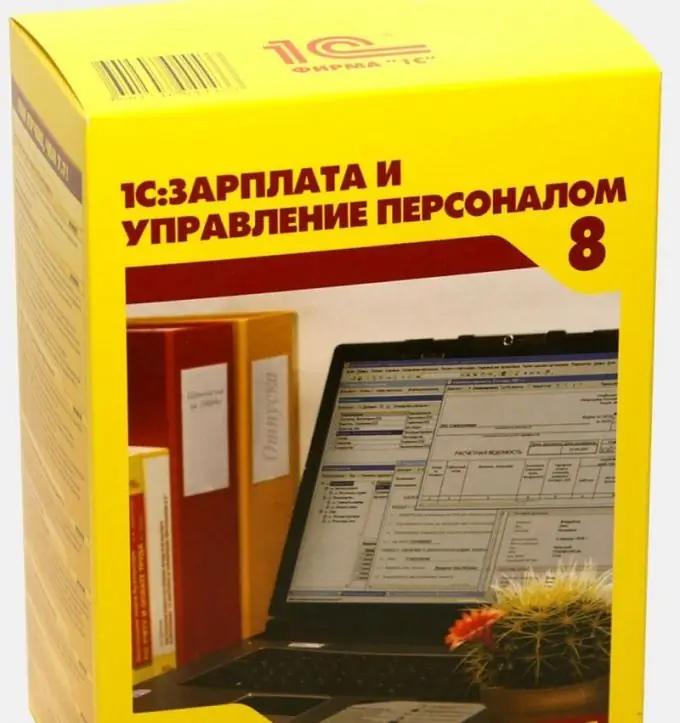- Author Isaiah Gimson [email protected].
- Public 2023-12-17 02:53.
- Last modified 2025-01-24 12:06.
To simplify the procedure for working with payment orders, banks often offer clients the opportunity to use the Client-Bank system. This module is installed on the accountant's workplace and allows you to control, generate, decrypt and encrypt data, exchange data with the bank and put an electronic signature through telecommunications. The 1C: Enterprise program has a function of data exchange with the Client-Bank system, which makes it much easier for an accountant and eliminates errors in payment orders.

Instructions
Step 1
Launch the 1C: Enterprise. Open the "Bank" section and select the "1C: Enterprise - Bank Client" menu item. If you have not yet configured the exchange parameters, you will be prompted to configure it. Click the "Yes" button.
Step 2
Run the setup. Select in the drop-down menu of the "Program Name" section the certified application that corresponds to the one used by your servicing bank. For example, many credit organizations use the “iBank 2” system.
Step 3
Next, install the download and upload files for data exchange with the Client-Bank. Be sure to check that the links refer to different documents. Set the type of documents for data exchange and encoding, which corresponds to the operating system of your personal computer.
Step 4
Go to the "Download" section. Use the checkbox to mark the types of documents that you plan to work with when uploading a bank statement. Opposite them, mark the cash flow items. A group for new contractors is selected below. Check the correctness of the changes and click "OK".
Step 5
Go to the Client-Bank system. Open the "Settings" menu and select the "General" - "Data import" section. Specify 1C as the format. From the Method drop-down menu, select Synchronize. Install the directory for data exchange, which must match the one specified in the 1C program.
Step 6
Carry out a similar operation with the "Data export" section. Check the entered data and click "Save". Thus, the setup of data exchange between the Client-Bank system and the 1C: Enterprise application will be completed. When performing any operation in one of these software, it will be possible to check the correct synchronization and, if necessary, make corrections.






